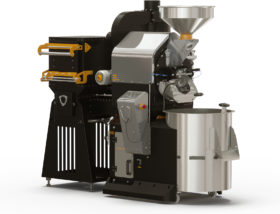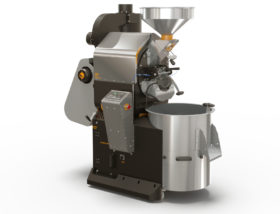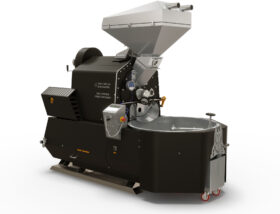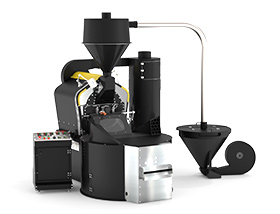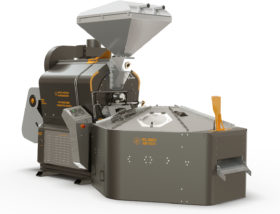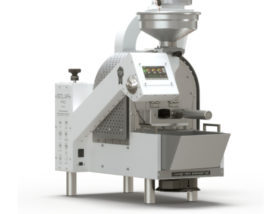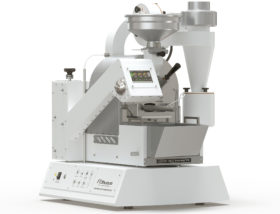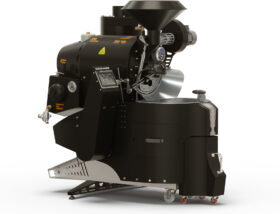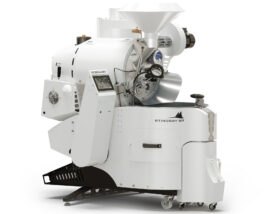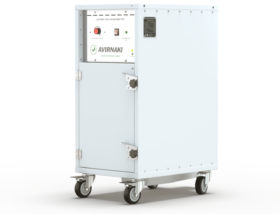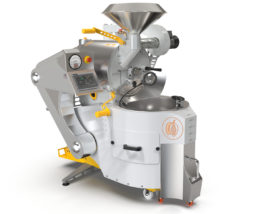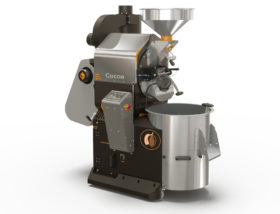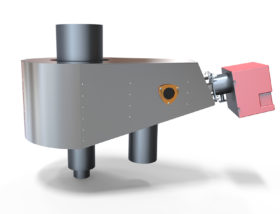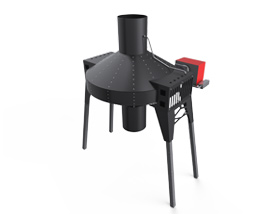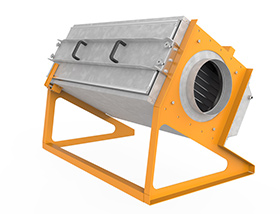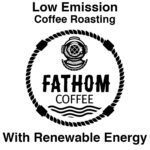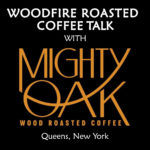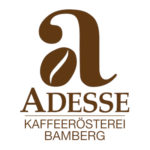What is beans roasting actually? Most food preparation processes that take basic ingredients beyond raw – baking, grilling, roasting, frying, boiling, and the list goes on – involve heat transfer in some form. Intermediary agents are often used in the cooking process, such as water (boiling), fat (frying), or air (baking). Other cooking methods crucially rely on contact with a hot surface, grilling being one such example.
In coffee roasting, the choice between intermediary agent and direct contact is not as straightforward. After all, any cooking technique that involves heat application does so in the service of great taste. When it comes to roasting, it boils down to a choice between convection (agent) and conduction (contact).
To clarify the difference between conduction and convection, let’s imagine a juicy, pre-marinated piece of meat lying on a hot cast iron plate. This type of cooking method utilizes conduction. Now imagine the same piece of meat suspended inside an oven and treated with hot air. That would be convection. Which one stirs your juices?

Conduction vs. Convection in Coffee Roasting
The analogy carries through to coffee roasting. Roasting using conduction means the beans are coming in contact with a hot metal surface – the surface of the drum where roasting takes place. Roasting using convection means that heat is applied indirectly using hot air. To stress the same point, Instaurator has recently posted an article in Espressology titled “Are You Roasting or Baking.” Put it in a nutshell, if your coffee roaster can bake your pound cake for you, it isn’t really roasting your beans.
In the early days of barrel-over-flame configurations, hot air was used to remove smoke, chaff, and excess moisture. Later, it was adopted as a heat transfer mechanism, since it guaranteed consistent results with fewer side effects in a shorter amount of time. But then again, attempting to avoid tipping and scorching at all costs ends up taking the essence out of coffee roasting and the flavor out of roasted beans.
Roasting can only truly occur within a narrow heat range, before we start charring the beans. Hitting that sweet spot results in a full-bodied, sophisticated aromatic profile. The best way to get there is through a complex fusion of heat conduction and thermal radiation using the least amount of air possible.
Given the right thermodynamic system, a good coffee-roasting machine can deliver heat through contact – metal surface onto bean surface – without using hot air blasts or gadgetry. Once consistency is maintained and side effects are under control, one can truly reap the reward – a harvest of heavenly flavors.
